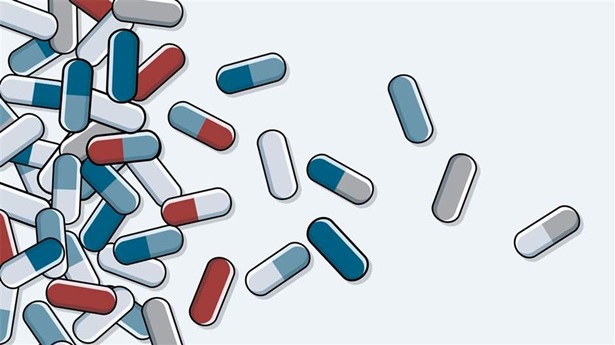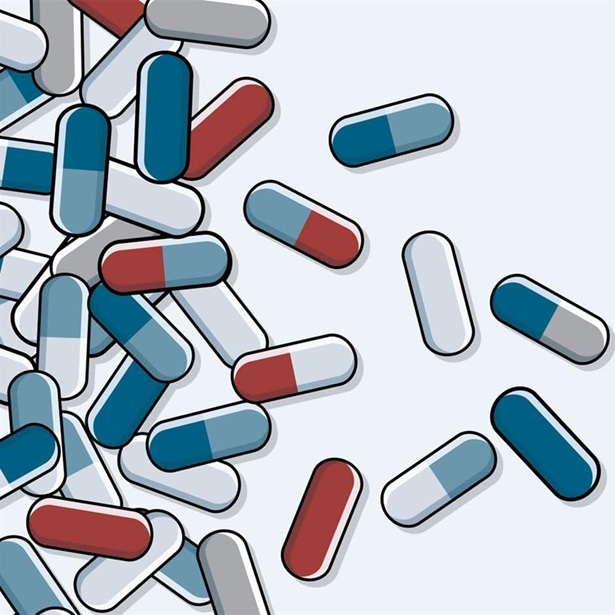How to Care for Pregnant Patients During the Opioid Crisis
Policies should expand treatment options to protect the health of mothers and babies

As the opioid epidemic has unfolded in the United States, many newborns have had to grapple with the health effects of their mothers’ substance misuse. Federal statistics show that between 2004 and 2014, for example, the incidence of neonatal abstinence syndrome (NAS) among babies born to women receiving Medicaid increased more than 400 percent.
NAS occurs when a newborn has been exposed to opioids or certain other drugs in the womb and then experiences withdrawal after birth. Fortunately, interventions before and after a baby is born to a person who has misused drugs can help address the symptoms associated with NAS and improve other outcomes.
Dr. Rahul Gupta is the senior vice president and chief medical and health officer with the March of Dimes, which has been a national leader in the fight for the health of mothers and babies. Before joining the organization in 2018, Gupta served as West Virginia’s public health commissioner under two governors and led the state’s opioid crisis response to issues including care for high-risk infants.
Pew spoke with Gupta about what can be done to address NAS, especially during an ongoing crisis of drug overdoses and opioid use disorder. The conversation has been edited for clarity and length.
Q: How is NAS diagnosed?
A. NAS is diagnosed by a set of symptoms that an infant could develop after birth, which may include inconsolable crying, irritability, poor sleep, tremors, diarrhea, vomiting, sweating, and fever. Such symptoms can indicate that the newborn is suffering from withdrawal due to an in-utero substance exposure. NAS can only be diagnosed after birth, typically several hours to days after birth.
Today, multiple states and the federal government are working to develop a national clinical definition that does not yet exist for the syndrome. We do know that NAS happens because a fetus is exposed to the same substance a mother used during pregnancy. As a result, the infant acclimates to the drug, but after the umbilical cord is cut, he or she stops receiving the substance. Therefore, the baby’s body and brain receptors experience altered levels of neurotransmitters such as dopamine, norepinephrine, and serotonin—which can be similar to withdrawal in adults.
Q: What is the most effective treatment for NAS?
A. Treatment varies depending on the developmental stage of the baby and the severity of the symptoms. In all cases, the first step is recognizing symptoms in a timely manner to treat newborns as soon as possible.
Many babies going through withdrawal will benefit from nonpharmacological treatment—for example, if they’re very irritable or having trouble feeding, swaddling and skin-to-skin contact with the mother in a quiet, soothing environment will help to calm them down and even accelerate their recovery. Breastfeeding is also encouraged.
In other cases, such as if the baby is not responding to breastfeeding, providers may have to provide treatment orally or through an IV, possibly using a version of morphine or methadone to ease the baby’s symptoms.
Either treatment approach usually lasts at least a few days, or longer if the baby is born prematurely. More research still needs to be done to measure the long-term outcomes of NAS.
Q: What is the most appropriate treatment for pregnant women with opioid use disorder (OUD)?
A. Identifying maternal misuse of opioids and other drugs is where the solution to NAS lays. The first step is for doctors to talk to their patients during pregnancy and make sure they know that certain drugs can lead to an increased risk for NAS. Doctors should also be screening pregnant patients for illicit substances such as cocaine, heroin, or methamphetamines and help them get the counseling and treatment needed to improve the safety of both the mother and baby.
To treat OUD in the expecting mother, the solution is usually to prescribe FDA-approved treatment drugs and behavioral therapy with “wraparound” services such as mental health care, child care, housing and transportation, and other forms of support. Data show that when expecting mothers use medication and counseling, pregnancy outcomes improve significantly. This approach enhances the ability of the mother to keep the baby after birth, successfully breastfeed, and maintain a healthy dynamic to avoid adverse childhood experiences. The best outcomes are achieved when women are enrolled in a comprehensive treatment program.
Q: What are the specific barriers that pregnant women with OUD face when seeking treatment for their substance use?
A. The first barrier is stigma. Stigma of opioid use, and the punitive measures around it, can prevent women from seeking treatment for fear of losing their baby to child protective services. Because of this fear, a pregnant woman might not share the challenges she is facing with her providers, when she should be specifically encouraged to do so.
The second barrier is access. We know about half of the nation’s births are covered by Medicaid, yet there is still a challenge to accessing treatment for OUD while pregnant. Depending on the state, one OUD medication might be covered but not another, but not all work equally well for any individual pregnant patient. Plus, an insufficient number of providers offer these medications, or may not be linked to the OB-GYN offices where women are receiving prenatal care.
Q: How can states help ensure that pregnant women who use drugs have access to evidence-based care and support?
A. First and foremost, states need to ensure that their policies do not enhance stigma and punish pregnant patients, nor restrict access to evidence-based treatment for OUD. Otherwise, states are essentially saying that this is the individual’s fault, an approach that fails to recognize addiction as a disease. March of Dimes has worked with the U.S. Centers for Disease Control and Prevention to create a toolkit, Beyond Labels, that aims to raise awareness and reduce stigma among all moms and babies so that they receive the care they need.
Proactively, states should develop a sustainable funding mechanism for policies and programs that promote access to care—such as West Virginia’s Drug Free Moms and Babies Project, which provides comprehensive care focused on both medical and behavioral health. They also should include policy measures within Medicaid to expand treatment and outreach to women with a substance use disorder.
States should ensure they have policies that increase the number of providers, especially OB-GYN offices, that offer OUD medications plus adequate wraparound services. Other options include home visitation and group prenatal care, which have helped mothers adhere to treatment. Finally, severe maternal morbidity and even deaths related to substance use and lack of mental health services are more likely to occur in the postpartum period, although Medicaid coverage for mothers is suspended 60 days after delivery in some states. So extending Medicaid coverage, and allowing mothers to get screened and receive continued care, are essential for improving the ongoing health of both them and their children.












